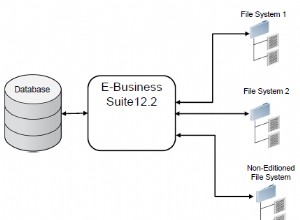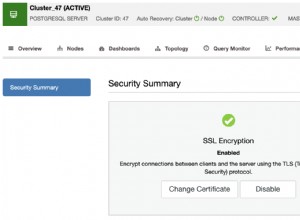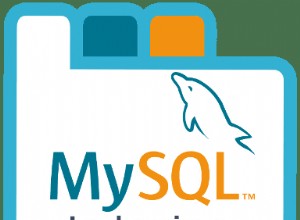puoi farlo in questo modo:
In [1]: fn = r'D:\temp\.data\40454898.json'
In [2]: with open(fn) as f:
...: data = json.load(f)
...:
In [14]: t = pd.io.json.json_normalize(data['Volumes'],
...: ['Attachments','Tags'],
...: [['Attachments', 'VolumeId'],
...: ['Attachments', 'InstanceId']])
...:
In [15]: t
Out[15]:
Key Value Attachments.InstanceId Attachments.VolumeId
0 Name DBJanitor-Private i-1234567890abcdef0 vol-049df61146c4d7901
1 Owner DBJanitor i-1234567890abcdef0 vol-049df61146c4d7901
2 Product Database i-1234567890abcdef0 vol-049df61146c4d7901
3 Portfolio DB Janitor i-1234567890abcdef0 vol-049df61146c4d7901
4 Service DB Service i-1234567890abcdef0 vol-049df61146c4d7901
NOTA:secondo argomento ['Attachments','Tags'] è un percorso verso il nostro record nidificato (data['Values']->Attachments->Tags ) e terzo argomento [['Attachments', 'VolumeId'], ['Attachments', 'InstanceId']] è un percorso ai metadati esterni (data['Values']->Attachments->VolumeId , data['Values']->Attachments->InstanceId )




